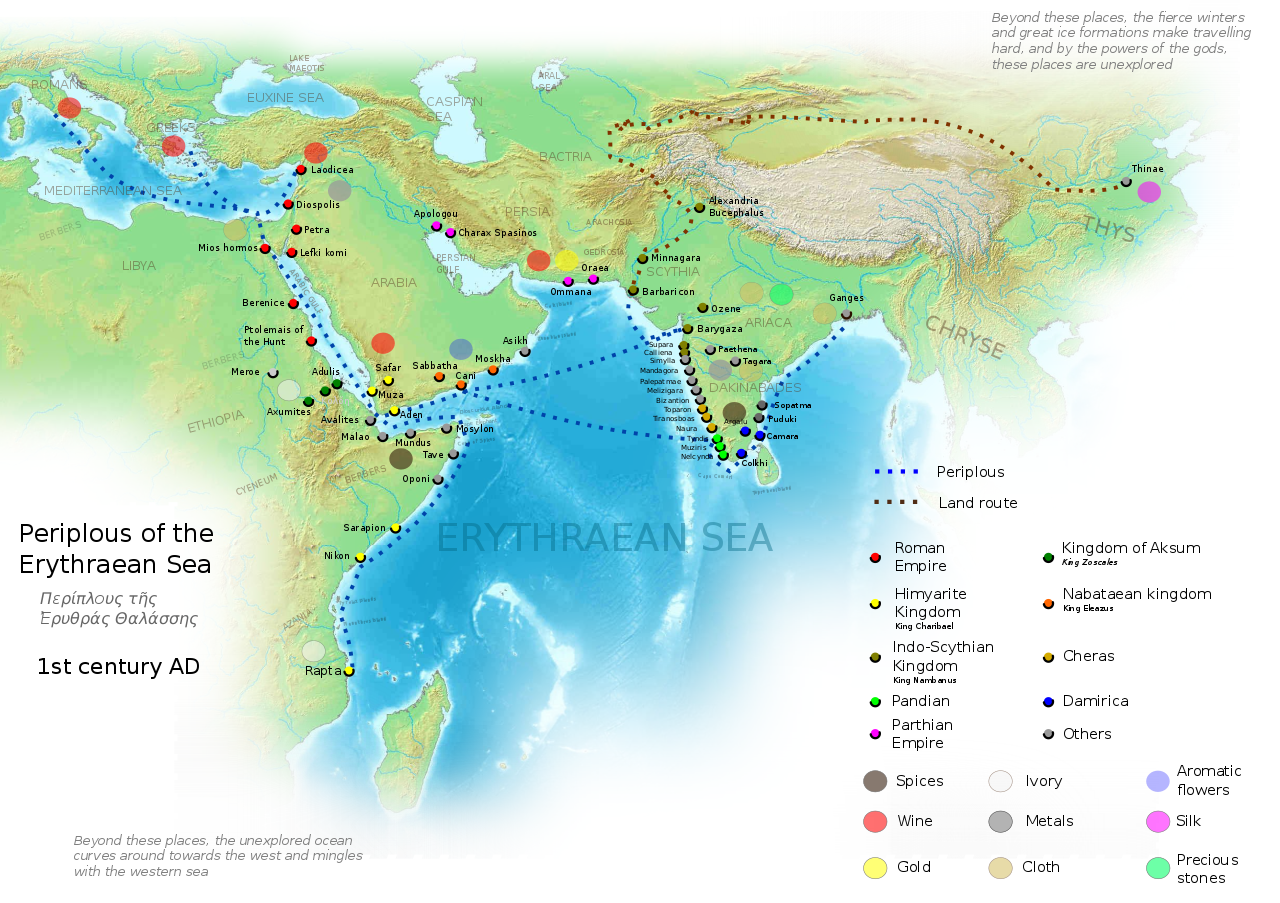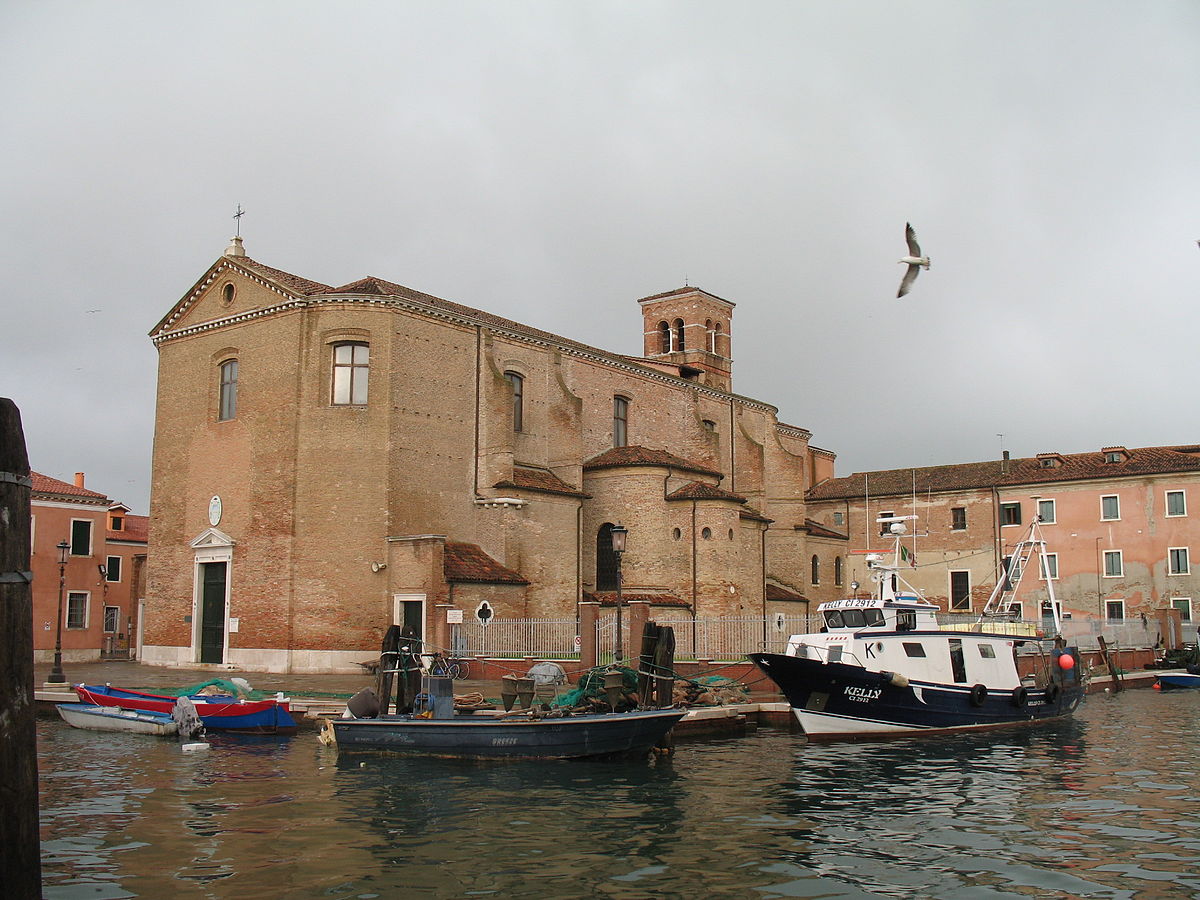When you’re young, you learn to hate history! You wonder if studying history even does any good to your life later on. A phrase I read again and again in my history class was “Spice Trade”. Today, when I look at the spices in the Grand Bazaar (in Istanbul, Turkey where I live), I don’t understand what all the fuss is about spices. To better understand it, one needs to go back in time and re-read history. Guess who wishes he had paid more attention in history class?
The Spice Trade was a trade carried out between the historical civilizations of Europe, Northeast Africa, and Asia. Countries like Australia, North America, and South America were yet to be discovered and trade really wasn’t happening as those sea routes were not yet established.
Various spices that include cassia, turmeric, cinnamon, pepper, ginger, and cardamom were traded during the existence of the trade. Opium was also a popular and valuable commodity at the time and most of those that traded in the product were driven by their addiction to it (imagine that?), not to mention, it also led to the establishment of HSBC Bank (Hong Kong Shanghai Banking Corporation).

Next time you look at your kitchen table and see black-pepper – remember it came from the European Age of Discovery and was the most traded spice of all. It would also come as a surprise to you that the largest producer of black-pepper is not India but Vietnam.
Leading up to the Christian era, the spices pushed through into the Middle East and were considered valuable since their true sources were kept a secret and often linked to fantastic tales, everything the merchant sailors brought back home to their ports of embarkation, spice was added to their stories about their voyages (no pun intended).
In as much as the significance of the spice trade routes to Europe are often overlooked or underestimated in a number of the historical accounts, they were actually very important to the region.
During this period, spice trading was the planet’s biggest industry. Think about that for a minute. There wasn’t any large-scale industrialization. Much of the Western Hemisphere had yet to be occupied by the invaders and farming was the biggest crop so to speak. Considering the high demand of spices, the supply was scarce which contributed to its high costs.

The costs of spices rose so much that spices such as nutmeg and saffron cost more than the same weight of gold.
Spices had several uses at the time that include culinary purposes, preservation of food (the largest use case), uses in embalming the dead, making perfumes and usage for execution of certain religious rituals. Lacking access to the Eastern sources of spices and not having the power to challenge the inflated prices, Europe was at the far end of the trade. Seeing the rising value of spices and the limited supply, Europe was inspired to venture into the trade. They put lots of effort into establishing or securing routes to regions in which the spices were produced.
Contributed to the Prosperity of Venice
Success in spice trade depended largely on having access to a spice trade route or having control over one. Around the 10th century, both Genoa and Venice accumulated a considerable amount of wealth through trading spices in Levant. While both were earning a good fortune from the trade, they saw bigger opportunities if the other was taken out of the picture. Over the years, bitter conflict developed between the two of them.

As a consequence, the rivalry led to a naval war that is referred to as the Naval War of Chioggia between 1378 and 81. Venice won the war against Genoa and managed to assume a monopoly of the spice trade in the Middle East region.
They controlled the monopoly for the next century. The win contributed greatly to the prosperity of Venice as it made huge profits from the trade of spices they had with buyer-distributors from western and northern Europe.
By the Middle Ages, various regions around Europe had already discovered the origin of spices. They were, however, unable to get into the trade since the Venetian handle on the trade routes were tight and no ruler was able to break it. Realizing that Venice was strong, the other regions started working on establishing new routes to venture into the spice trade. Venice’s hold of the trade route earned it massive profits which made it strong, powerful and well-developed.
Encouraged Europe to Invest in its maritime capability
The spice trade routes were also important to the Europeans as it contributed to the development of Europe’s maritime capabilities. Since the Asians were strong and were cutting off the supply routes between Asia and Europe, Europe had to find alternative means of getting spice supplies. They, therefore, had to invest heavily in ships and other maritime capabilities. Spice trade had grown to be an important element to the European economy and investing in ships to facilitate and enhance the trade was the prudent move. This led to the advancement of European maritime technology which was very crucial at the time especially since maritime wars were common.
Led to the Discovery of America and Establishment of Strong Cities
While navigating through the seas in search of new trade routes, Europeans discovered lots of other places such as America. The famous Portuguese explorer, Vasco Da Gama also sailed around South Africa going to the Cape of Good Hope and discovered various other places. Spice Trade routes also led to the establishment of strong and powerful kingdoms along the routes which have been crucial to the development of Europe.
—
This page was last updated on September 1, 2022.
–




